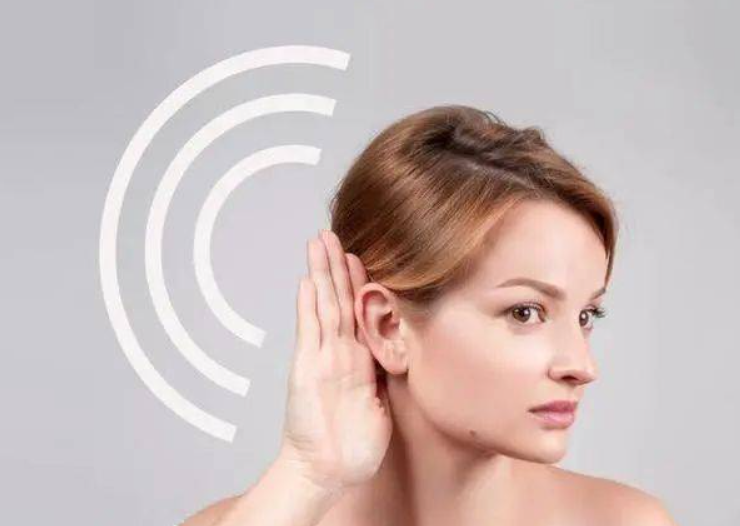
Speaking of "deafness", our first reaction is probably that this is a problem that occurs when people get old. For example, when talking to the elderly in the family, they often have to speak loudly to hear them clearly.
But if you think about it, many young people are not without the experience of "hard of hearing". For example, after using headphones at a high volume for a long time, there will be a situation of "unable to hear each other's speech"; Family and friends have noticed that your voice has gotten louder lately; These are actually "hard of hearing" performance.
What is hearing loss?
Hearing is the perception of sound, and it is also necessary for dialogue and communication in life, leisure and entertainment, and even avoiding danger. The ear is an organ with the function of "hearing". The structure of the ear is precise, the function is complex, and will be affected by noise, disease, trauma and other factors, resulting in different degrees of hearing loss.
Hearing is normal when the hearing threshold of both ears is not less than 20 decibels. When a person cannot hear as well as a normal hearing person, they have hearing loss. Hearing loss varies in severity, from mild to severe, and can affect one or both ears.
If the hearing loss is extremely severe, that is, basically or completely unable to hear, it is deafness.
7 Reasons to be "hard of Hearing"
The cause of hearing loss may be congenital or acquired. Among them, acquired causes can cause hearing loss at any age, including:
Infectious diseases such as meningitis, measles and mumps, chronic ear infections, fluid accumulation in the ear (otitis media);
Use of certain drugs;
Head or ear injury;
Large amounts of noise, such as workplace noise from machines and explosions;
Exposure to strong sounds for entertainment, such as prolonged use of personal audio devices at high volumes, and frequent attendance at concerts, nightclubs, bars and sporting events;
Old age;
Foreign bodies obstruct the ear canal.
Entertainment noise is a hearing killer
Loud noise in entertainment, including loud noise from entertainment venues or personal audio devices, is threatening an increasing number of people along with lifestyle changes, especially young people who are more likely to be exposed to this threat.
It is estimated that approximately 1.1 billion young people between the ages of 12 and 35 are at risk of hearing loss due to exposure to noise in recreational environments. A person who has been exposed to loud social sounds at dance halls, clubs, sporting events or concerts in the past 20 years is three times more likely to suffer hearing loss than someone who has not been exposed.
According to statistics, with the widespread use of electronic devices such as smartphones and computers, about half of people who listen to music through personal audio devices use a volume that is at risk of hearing loss.
Prolonged exposure to loud sounds can fatigue the sensory cells of the ear and cause temporary hearing loss. When exposed to particularly large, regular, or prolonged exposure to high volumes, it can cause permanent damage to sensory cells and other ear structures, leading to irreversible hearing loss.
Protect your hearing Pay attention to these three details
The World Health Organization stresses the importance of safe listening behavior, meaning that it does not endanger your hearing health. So, from the perspective of listening to personal audio devices, keep in mind the secrets of hearing protection.
"60-60-60 principle" : that is, the headset volume must be less than 60 decibels, the headset volume must be less than 60% of the maximum volume, and the continuous use of the headset must be less than 60 minutes.
Do not wear headphones in noisy environments: In buses, subways and other environments, the background noise is large, and if you use headphones, you will unconsciously increase the volume of the headphones. Moreover, it is also easy to bring traffic safety risks.
The choice of headphones: the best choice of earmups for headphones, the stimulation of the external ear canal and eardrum is small. The volume of the headset should be freely and flexibly adjusted, and it can be adjusted in time when the sound is too loud.

